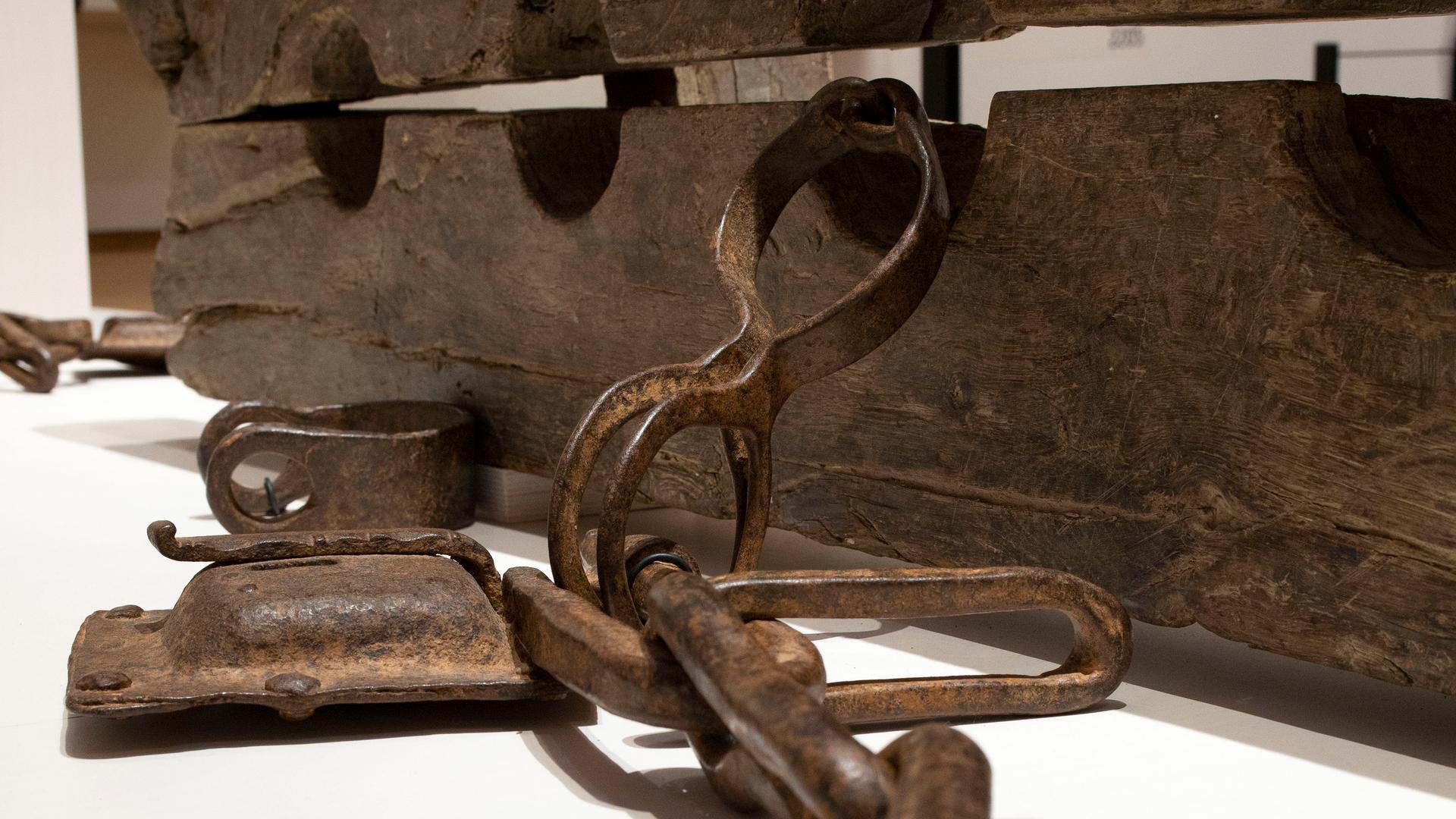As people return to arts and cultural institutions this summer, the Netherlands’ national museum of art and history is getting a lot of buzz for its first-ever major exhibition dedicated to the subject of human enslavement.
“Slavery,” an exhibit at the Rijksmuseum collection, doesn’t attempt to explore all 250 years of Dutch colonial rule, or tell the stories of the more than 600,000 people enslaved by Dutch traders in the Americas. Instead, it focuses on specific individuals from the past.
Related: ‘Our goal is to heal’: Jesuits and descendants of the enslaved reflect
“By delving into the past, and by relating to it, we understand better where we came from as a society, and where we might be headed.”
“By delving into the past, and by relating to it, we understand better where we came from as a society, and where we might be headed,” curator Valika Smeulders said in Dutch at the exhibit opening.
Visitors learn the stories of 10 real people who were involved in slavery under Dutch colonial rule — either as slaves or as part of the slave trade.
“I think [there’s a] big difference with what we’re seeing now in the Netherlands,” said Ana Lucia Araujo, a historian at Howard University, who contributed to the Rijksmuseum’s exhibit about slavery. “There are much more attempts to present a human face to enslaved people.”
Related: Big chocolate companies use child labor. Can a 1789 US law hold them accountable?
She said many institutions have reassessed, since the 1990s, the way they tell the histories of slavery. Not all have been successful. “They would emphasize too much of this benevolent role of slavery, sometimes with a lot of emphasis on white abolitionists,” Araujo said.
“In other places, too much emphasis on victimization, images of violence and physical punishment, repeating the trauma that was inflicted during the period of slavery.”
Related: A slave ship’s logbook from 1795 reveals harrowing details
Visitors have forced many institutions to improve — sometimes with instant feedback on social media. Yet, Araujo said many exhibits about slavery still have a key flaw — a disconnect between history and the present.
“The biggest failure is that there are no connections, very often, between this historical past of slavery and present-day racism…”
“The biggest failure is that there are no connections, very often, between this historical past of slavery and present-day racism,” she said. “They do not focus that much as they should on the connections between slavery and colonialism.”
In other words, they don’t focus on how slavery enriched colonial powers and how that wealth changed European countries in ways that still benefit some people today.
That frustration in the European art and museum world spilled into public view late last year. Protesters went into the Royal Academy of Art in Copenhagen, and spirited away a bust of Denmark’s King Frederick V.
“What happened was that the bust was removed from its pedestal and it was submerged in the Copenhagen harbor as an attempt to sort of give it back to the network, the trade that had created it,” said Katrine Dirckinck-Holmfeld, an instructor at the academy at the time.
The Copenhagen Harbor was a hub for the Danish slave trade, administered by the government of Frederick V, who also founded the Royal Art Academy. The bust of him sunken into the harbor was plaster, and just one of many copies.
Dirckinck-Holmfeld came forward and took responsibility for the act, saying she wanted to start a dialogue about how colonialism and slavery funded a new era in Danish art and culture.
There was a lot of blowback. She lost her job.
Related: Ghana’s ‘Year of Return’ is emotional for descendants on both sides
“When it comes to addressing issues of colonialism and how that still has an impact on the institution, I think there’s very little ability to deal with this certain form of critique in Denmark at the moment.”
“When it comes to addressing issues of colonialism and how that still has an impact on the institution, I think there’s very little ability to deal with this certain form of critique in Denmark at the moment,” Dirckinck-Holmfeld said.
In the Netherlands, the Rijksmuseum’s new “Slavery” exhibit does incorporate a direct look at how the country profited from the slave trade and colonialism. And, at the opening, curator Valika Smeulders tried to walk a fine line.
“Colonial slavery is behind us, and today’s society no longer bears responsibility for it,” she said. “What we can do now, together, is decide how to deal with that past.”
